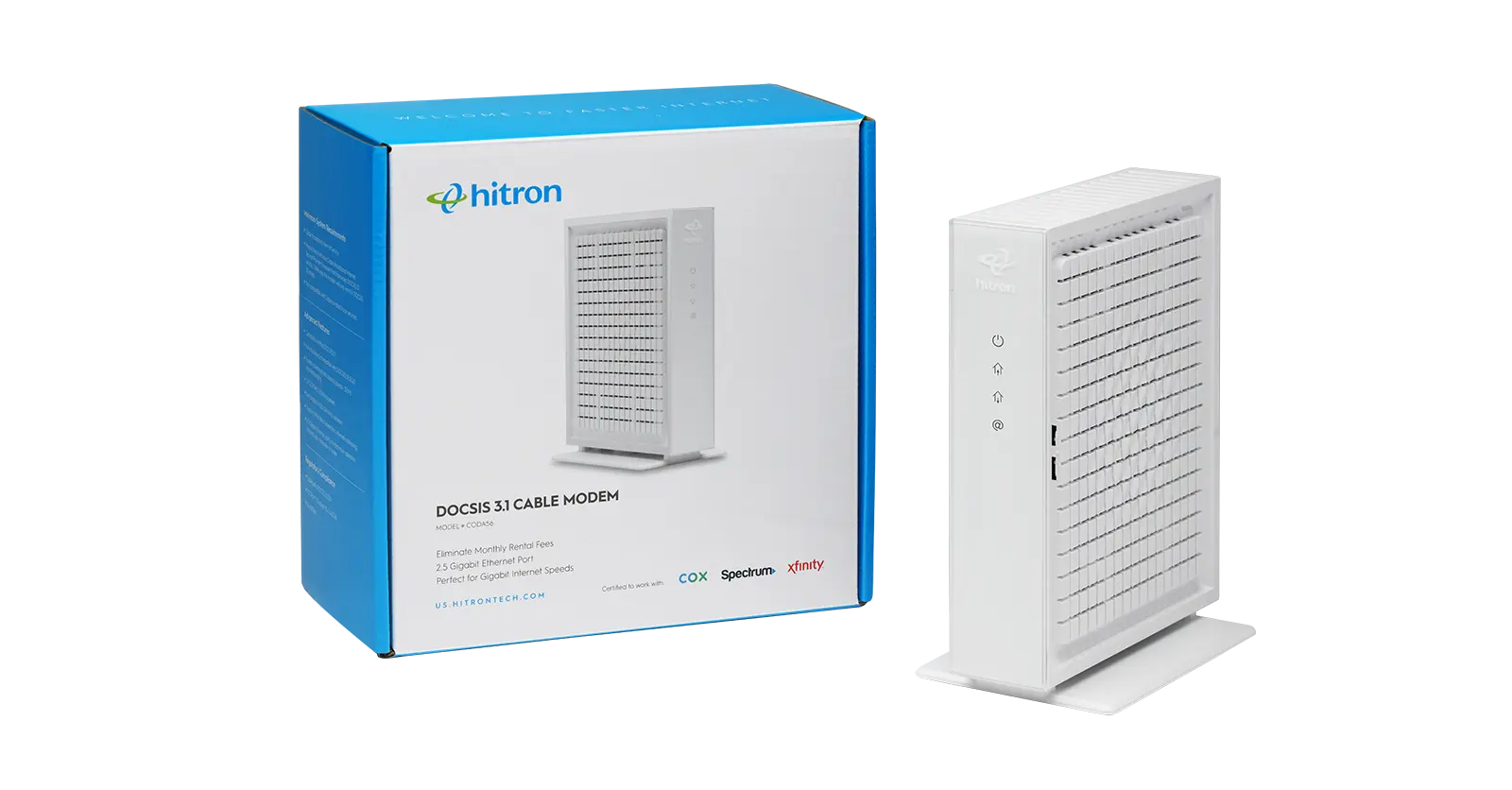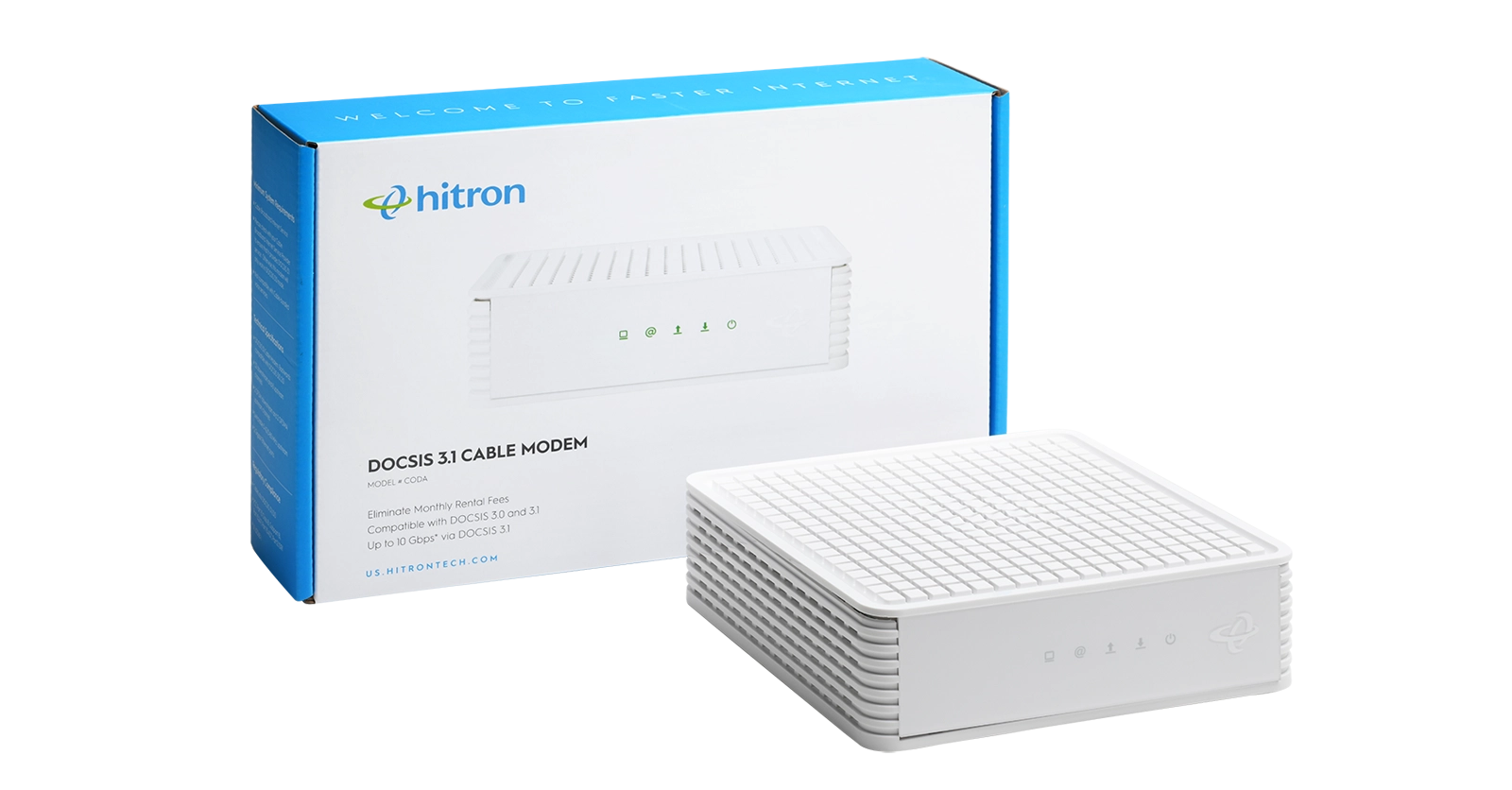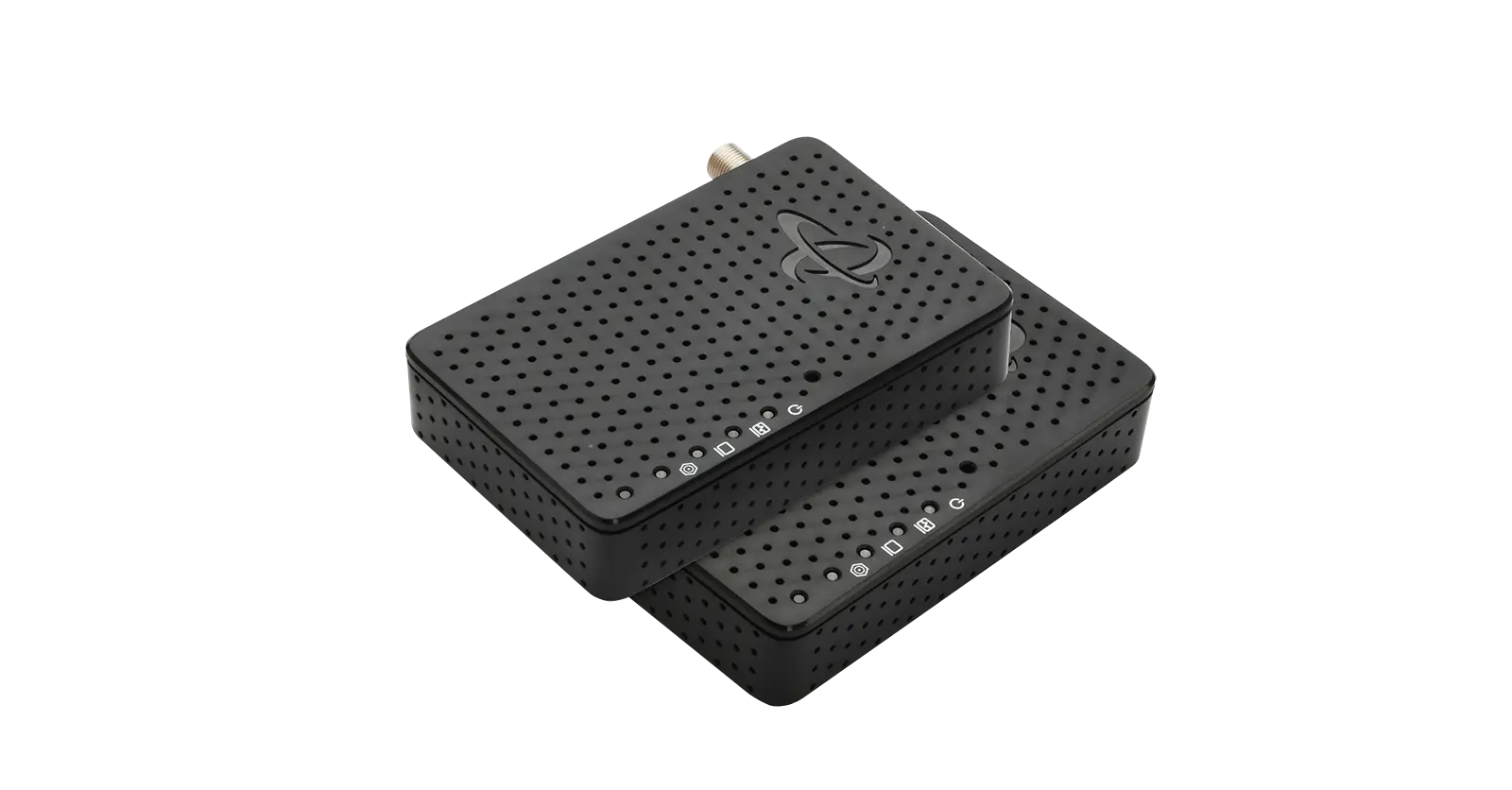GPON technology is a type of fiber technology. Fiber technology uses fiber cabling to distribute an Internet access for things like Voice (VoIP), video, ultra-bandwidth for HDTV experiences, online gaming and more. The fiber cabling goes from a central Internet service provider (ISP) to either a business or a residential area.
The system works as a point-to-multipoint system, like this:
A single fiber cable houses multiple individual cables. This single cable travels from the ISP central hub to wherever the termination (endpoint) is. The endpoint can be curbside in a neighborhood, on the premise of your home, or at your office building. These endpoints are:
- Fiber-to-the-curb (FTTC)
- Fiber-to-the-premise (FTTP) or fiber-to-the-home (FTTH)
- Fiber-to-the-building (FTTB)
Once the cable reaches the endpoint, there is a splitter, which means that the multiple individual fibers “split up” the wavelength signals towards their specific destinations. For example, this is how an ISP can send fiber cabling to a curbside point in your neighborhood, but you get your individual fiber optic services (FiOS) at your house.
This system is referred to as a PON, or passive optical network. This means that is does not require power to transmit between ISP and subscriber. However, there are different PON standards, and one of those is GPON.
So, what is GPON technology?
GPON technology can be considered a next-generation PON standard. GPON stands for Gigabit Passive Optical Networks. A GPON network includes shared network equipment in the central office (OLT) and a dedicated optical unit at each subscriber location (ONU/ONT). In the middle it’s all fiber.
GPON allows you to consolidate multiple services onto a single fiber transport network. This is the key reason why some people opt for GPON over other technologies.
How does GPON work?
GPON is a point-to-mulipoint access network. The main characteristic of GPON is that it uses passive splitters in the fiber optic distribution network (ODN). This allows one single feeding fiber from the Internet service provider (ISP) to serve multiple homes or businesses.
GPON Fundamentals:
- Supports triple-play services (VoIP, Data and IPTV), providing competitive all-services solutions.
- Supports high-bandwidth transmission to break down the bandwidth congestion of the access over twisted pair cables.
- Supports long-reach service coverage.
- Supports integrated services with complete standards and high technical requirements.
- It is a fully optical architecture option.
- Consists of an optical line terminal (OLT) that connects several optical network terminals (ONTs/ONUs) together using a passive optical distribution network (ODN).
GPON provides for a large range of benefits that enable fast, flexible, mass‐market fiber deployments at the lowest possible cost of ownership and rollout. Ask your ISP about Hitron’s offerings today.
Hitron’s 10G PON solutions allow you to scale up to a future-ready network with 10-Gigabit PON fiber interface capable of supporting both EPON, GPON, and XGS-PON. Learn more on Hitron’s Learn Page.


